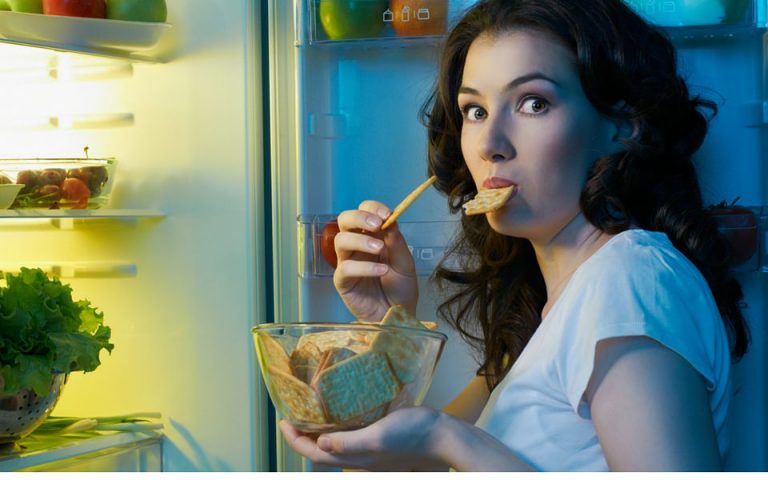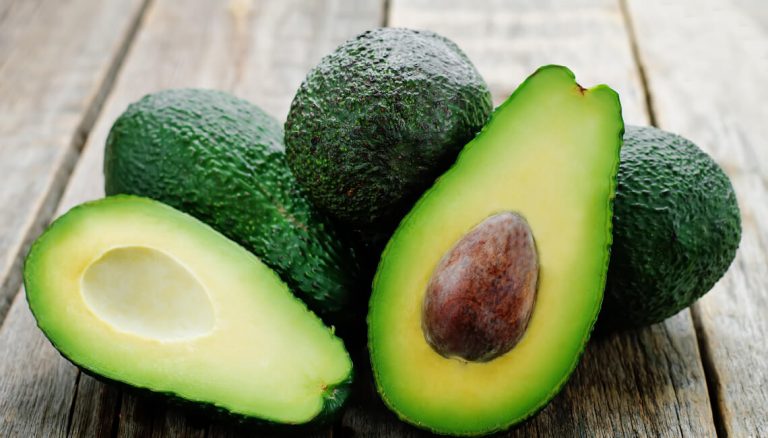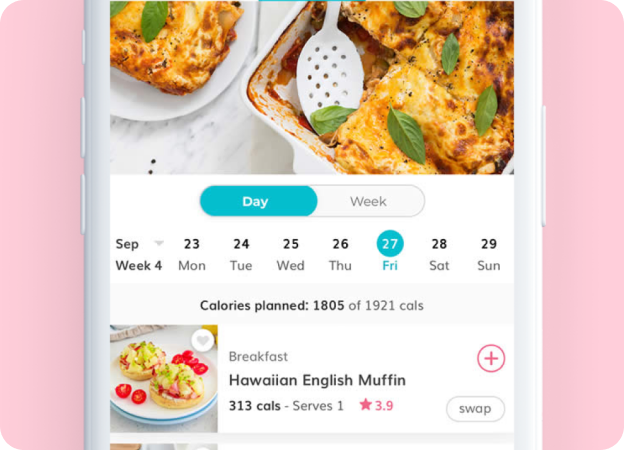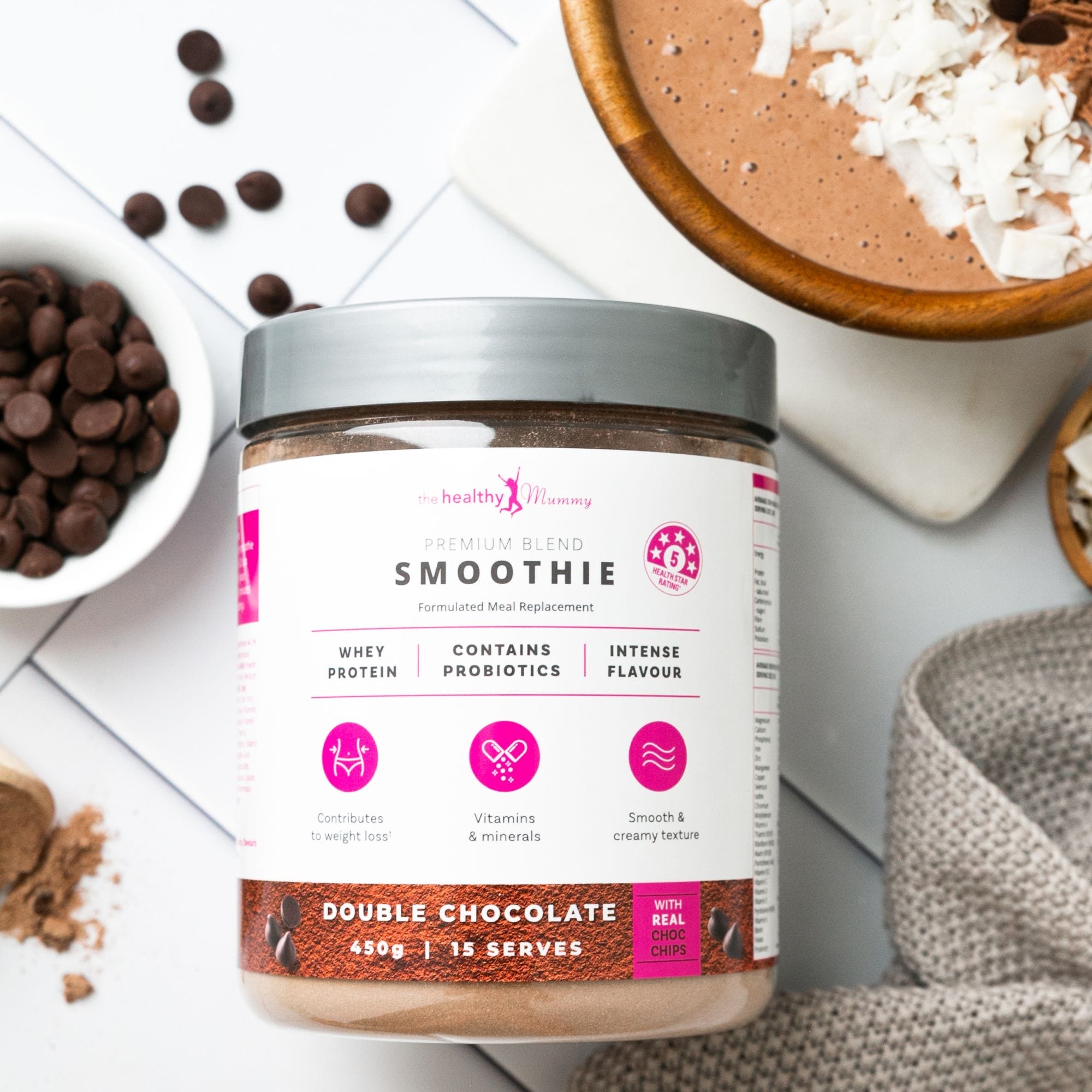Foods to avoid during pregnancy: What’s so bad about fish?
Most people know there are certain foods to avoid during pregnancy: soft cheese, unwashed salad, deli meat… but what about fish? We’ll cover the types of fish to watch out for and why, plus the types of fish you ARE allowed to eat during pregnancy.
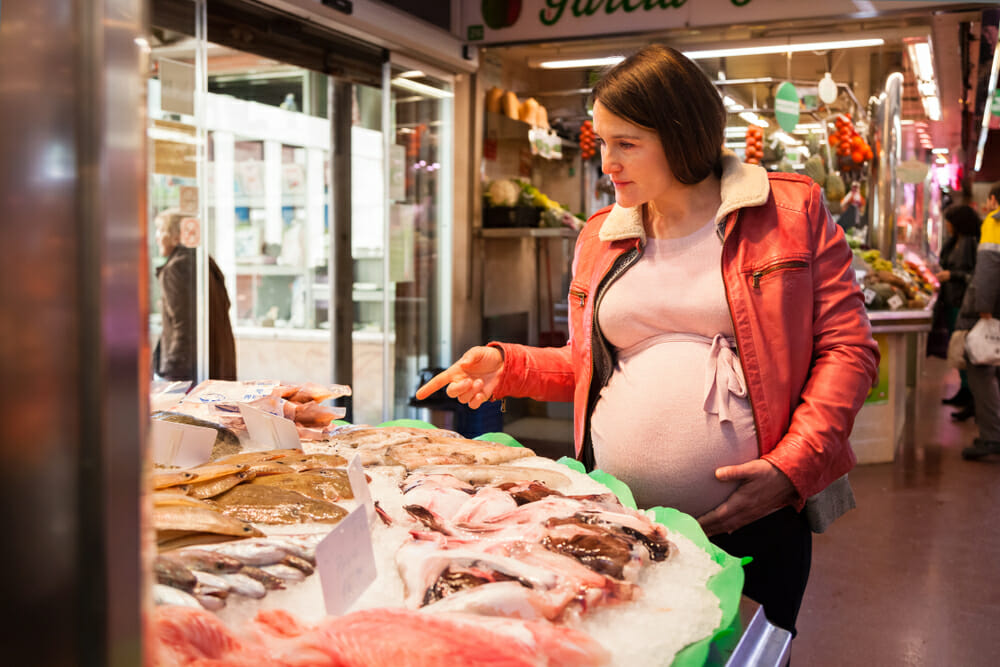
This is our first guide in our new series where we dive into deeper detail about the common foods to avoid during pregnancy.
First up: fish! This is a tricky one and there’s a lot of misinformation out there about what fish to avoid, what fish are actually super healthy for you, and why. So if you’re pregnant (or plan to be!) check out the facts to make sure you only eat the right kind of fish so you and your baby avoid unnecessary risk.
Jump ahead to read more:
- What kind of fish is off limits during pregnancy and why?
- Common fishy diets to watch out for
- What fish are acceptable to eat during pregnancy?
- Where can you get those lovely fishy nutrients from instead?
- Food safety guidelines for cooking fish at home
What kind of fish is off limits during pregnancy and why?
There are three main categories of fish to avoid during pregnancy – and it depends on both the size of the fish and the way it’s been prepared. In the table below, we’ve broken down the types and reasons you should avoid these foods during pregnancy.
| Category | Type of fish or dish | Why it’s not safe |
|---|---|---|
| Raw fish | Raw salmon Sashimi Oysters Shellfish |
You should avoid raw fish during pregnancy because it comes with a high risk of listeria, salmonella, and food poisoning – all issues that can become dangerous to you and baby. |
| Pre-cooked or smoked fish | Smoked salmon Pre-cooked prawns |
Pre-cooked or smoked fish comes with a high risk of bacterial contamination like listeria, which can be dangerous to you and baby. |
| Larger fish | Swordfish/Broadbill Shark/Flake Marlin Orange Roughy/Deep-sea Perch Catfish |
Many larger fish are not recommended for consumption during pregnancy, even if they’re well cooked. It’s a food chain thing – because larger fish are eating LOTS of smaller fish as they grow, their mercury levels build up over time. Mercury has been proven harmful to developing babies, so these fish are best avoided. Unlike the other categories, you may be able to consume a very small quantity of these larger fish, but it’s still safest if you avoid them. |
Common fishy dishes to watch out for
Now that you know what types of fish aren’t safe for pregnant women, let’s talk a bit more about dishes and foods to avoid during pregnancy that have fish in them.
Sushi
This is probably the biggest one that so many women miss during their pregnancies! Sushi is pretty tasty, right? And it can make for a fairly healthy meal! But so much of it is either made with raw fish or prepared on the same surfaces as other raw fish dishes. So it’s safest if you avoid sushi during pregnancy. But if you really need your sushi fix, you could always buy the ingredients yourself and make pregnancy-friendly sushi at home using fresh, cooked ingredients in your own kitchen.
Eggs Benedict with smoked salmon
This one is actually a triple-threat because it comes with smoked fish, raw runny egg, AND raw egg-based homemade sauce (we’ll cover raw egg in a future “foods to avoid during pregnancy series”). So if you’re out having breakfast at a cafe, consider going for a different dish like bacon and eggs (with the eggs done well). And if you’re at home, make a yummy English muffin with avocado instead.
Common fish’n’chip shop options (like flake)
If you’re a regular at the local fish and chip shop, you’ll need to stop and think about the type of fish you’re ordering to eat, especially if you buy it ready-to-eat. Common fish to avoid are swordfish/broadbill, shark/flake, marlin, and orange roughy/deep-sea perch. Common choices that are generally safe for you to eat are whiting, bream, mullet, squid, trout, salmon, and snapper.
What fish are acceptable to eat during pregnancy?
Good news! You don’t have to avoid fish altogether. In fact, you can eat safely prepared fish with low mercury levels around 2-3 times per week (yay!) That includes:
- Bream
- Snapper
- Mullet
- Garfish
- Trevally
- Whiting
- Salmon
- Trout
- Tuna
- Anchovies
- All prawns, lobsters and bugs
- squid and octopus (mmm calamari!)
Just make sure it’s been cooked properly and is served piping hot to minimise your risk of ingesting harmful bacteria.
Where you can get those lovely fishy nutrients from instead
But let’s say you DON’T like fish at all, especially not the pregnancy-safe fish listed above. And you don’t really feel like eating them (hello pregnancy food aversions) or you don’t think you’ll eat them often enough (guidelines say 2-3 serves per week).
How can you make sure you get the right nutrients when you don’t eat much or any fish at all?
The main nutrient you’ll miss from fish is Omega-3s. And these are actually super important because they’re part of the membranes that surround every cell in your body. And they’re crucial to loads of functions and body parts like your:
- Heart
- Blood vessels
- Eyes
- Brain
- Immune system
- Lungs
- Endocrine system (glands that produce hormones)
So it’s really important that you get Omega-3s from somewhere to help your body keep up with the demands of a growing baby – and help make all those cells for your baby’s body! Aside from fish, you can actually get Omega-3s from:
- Nuts – walnuts
- Seeds – flaxseed, chia seeds
- Plant oils – canola oil, flaxseed oil, soybean oil
- Fortified eggs
- Fortified yoghurt
- Fortified milk (including cow, soy, rice, oat, and almond milk)
- Fortified cereals
- Fortified juices
- Healthy Mummy Smoothies – these contain flaxseed meal and pumpkin seed meal which are great sources for Omega-3
Read more in our article, I don’t like fish, how can I get enough Omega 3s?
Food safety guidelines for cooking fish at home

Finally, let’s touch on food safety for a bit. Because no fish is going to be safe for you to eat during pregnancy unless it’s cooked and prepared properly to kill any bacteria on the surface.
Here’s how to know if the type of fish you’re preparing is properly cooked:
- Prawns and lobsters – the outside should turn red and the inside flesh white
- Scallops: the flesh should be opaque and firm, or milky white when cooked for check this out for more delicious and healthy scallop recipes!
- Whole fish or fillets – gently slip a sharp knife tip into the flesh and pull it open to ensure it’s opaque, cooked through, and flaky
- Shucked oysters – the flesh should be plump, opaque, and starting to curl at the edges
- Clams, mussels, and oysters – the shells should begin opening when they’re cooked – if any don’t open, throw them out
Plus, a few tips on food safety:
- Thermometers – pick up a food thermometer (you can grab one off eBay for a few dollars) to check your food’s internal temperature is at least 63 degrees C when you get it out of the oven/microwave, or pan
- Microwaves – if you use the microwave, check in a few different parts of the dish or fish because microwaves can sometimes cook unevenly
- Resting times – After you’ve removed your fish from the stovetop or oven, leave your fish to stand for 3-4 minutes to finish cooking all the way through (this’ll give it some extra time to do its thing without overcooking)
Soon you’ll be able to eat ALL the things again
If all this sounds like a lot of effort… oh girl, we hear you. But pregnancy isn’t forever (thank goodness!) and you can go back to eating nearly all your old favourites (including all the fish we mentioned here) as soon as the baby is born. Although it’s still a good idea to be careful not to eat too much fish high in Mercury when you’re breastfeeding, or at any time!
A little tip… many new mums ask hospital visitors to bring their favourite forbidden foods in straight after birth (like sushi!). So don’t be afraid to be a bit of a diva – you’ll have earned it! And you’ll have something to look forward to for that first meal post-delivery that’s NOT hospital food.
Get our pregnancy-friendly healthy meal plans
Make healthy eating super easy for your pregnancy! When you follow our healthy meal plan, you’ll easily be able to swap meals and ingredients to work with your pregnancy needs. So that any foods to avoid during pregnancy are easy to cut out and substitute so you can enjoy a happy, healthy pregnancy.
And the best bit of all? We’ll be here with you, every step of the way, supporting you. From pregnancy to post-partum when you’re ready to start losing weight after pregnancy. Join the Healthy Mummy Community and sign up for our next 28 Day Challenge!

